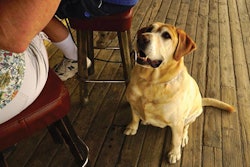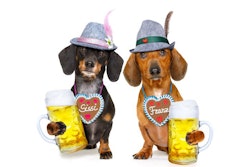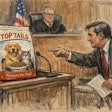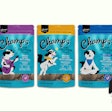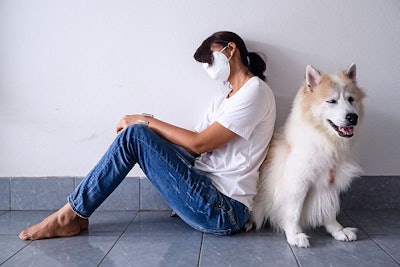
Adapted from a press release:
Quotient, a digital media and promotions technology company, released findings about the pet adoption boom during the last year, and what it means for brands and retailers in the year ahead. In a survey of more than 1,000 U.S. cat and dog owners aged 18+, 33% noted that they adopted a pet during the pandemic. To get a significant cross-section of data, Quotient also pulled internal social and sales data revealing how consumers’ shopping habits for pet items during the pandemic had changed.
The survey shows that of the people who adopted pets during the pandemic, 52% were male and 48% were female. Furthermore, the survey revealed that Millennials were the most likely to adopt during the pandemic, with 43% contributing to the fur baby boom. While Millennials mainly adopted pets for children/other family members who had been wanting one, 32% of Gen Z adopted a pet to boost their mental health.
“With the adoption of furry companions during the pandemic, we found interesting consumer purchase trends for food, gifts, treats and more,” said Steven Boal, CEO of Quotient. “These animals have already and will continue to influence consumers’ purchasing behavior long after the pandemic is over. This provides retailers and brands with the opportunity to identify and provide value for the ongoing needs of their customers—and their pets.”
As pandemic restrictions eased across the US, Quotient asked dog and cat owners what top 3 items they plan to spend the most money on for their pet over the next 12 months. To no surprise, food and medicine/veterinary care are expected to cause the biggest hole in consumers’ wallets.
Pandemic affected human-pet relationships
The last year was a period in which many consumers stayed home and spent less, but that did not necessarily apply to pet owners. Just under one-sixth of respondents usually feed their dogs and cats with gourmet and/or subscription food services. Younger generations are even more willing to feed their pets with premium selections. This supports Quotient’s internal data that also showed pets are eating premium. Non-dry dog food sales—including wet and moist dog foods, which tend to be more expensive—are up 25% compared to pre-COVID.
While most pet owners anticipate that necessities like food and healthcare will dominate their expenses, the survey shows that 11% expect clothing and accessories to rack up the highest bill over the next 12 months. This is not surprising given that 78% of respondents consider their pet to be their best friend or family member. Their love and affection continues throughout the various seasons of gift giving, with almost half of respondents planning to pamper their pooches with a Christmas surprise. Nearly as many plan to pick up a birthday gift.
“Gotcha day”, a day celebrating the anniversary of adopting a pet, is another important milestone and respondents who will celebrate it plan to spend an average of $87 on a gift to commemorate the occasion.
With the increase in dog and cat adoptions during the pandemic, consumers’ shopping habits will be different for the foreseeable future. This presents retailers and CPGs with the unique opportunity to identify their customers’ new shopping needs.




